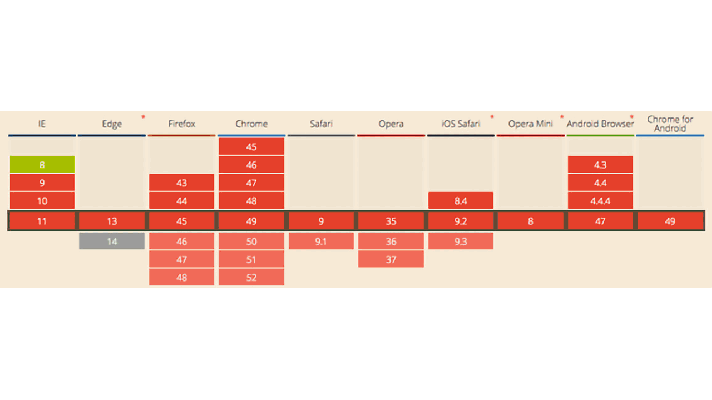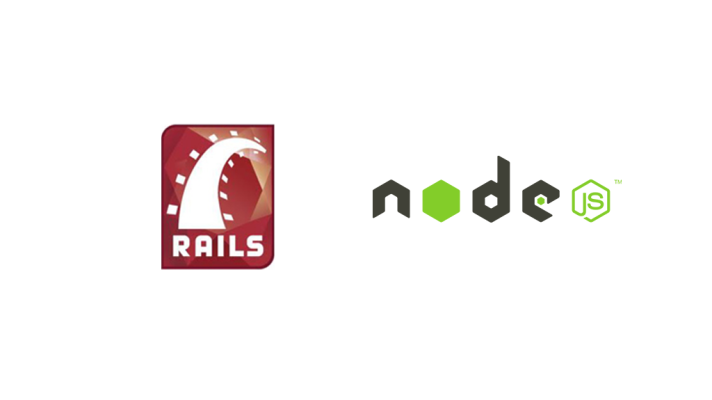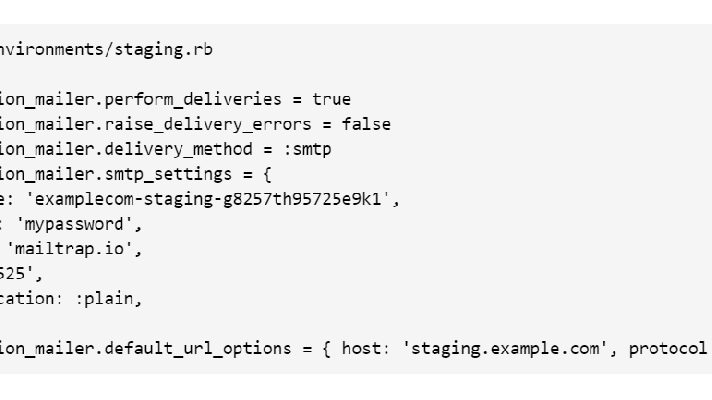Ruby Integration Testing Tools: Population Census 2014
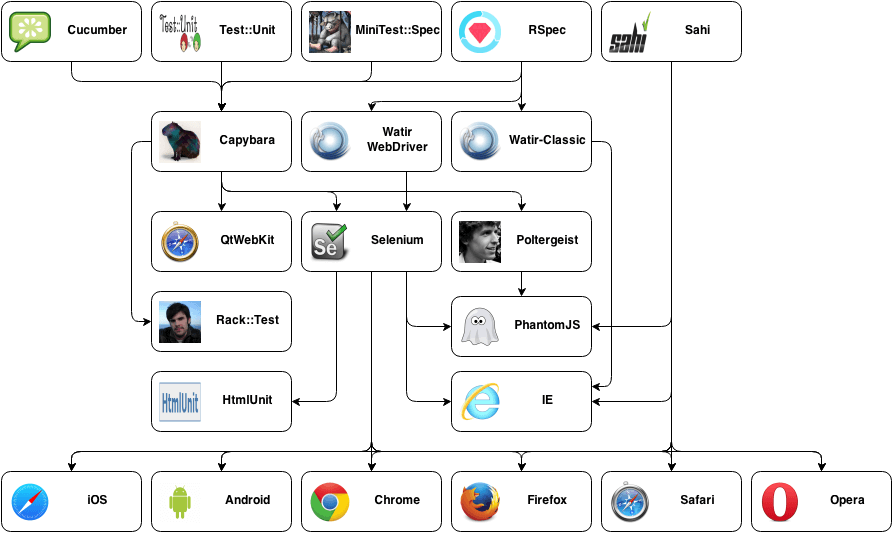
2010 vs. 2014
Hi colleagues. Over the past four years, the world of tools for integration testing has been changed a lot. In 2010, the technology stack looked like shown below.
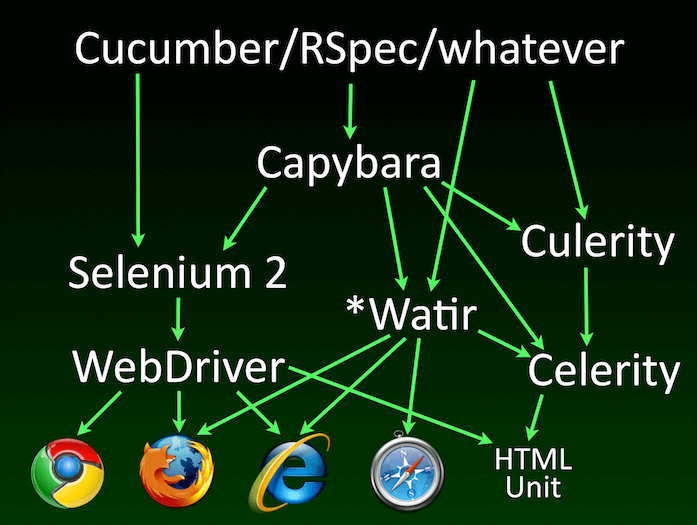 Ruby integration testing tools in 2010 (Image credit)
Ruby integration testing tools in 2010 (Image credit)In 2014, the scene has changed, and new tooling came into the view.
 Ruby integration testing tools in 2014 (Image credit)
Ruby integration testing tools in 2014 (Image credit)Hope it helped to eliminate mess in your head. Feel free to comment if there is any discrepancy.
In addition, I’d like to introduce a performance comparison of some combinations.
| capybara-poltergeist-phantomjs | 0.905939 |
| capybara-racktest | 0.164243 |
| capybara-selenium-chrome | 9.512472 |
| capybara-selenium-firefox | 19.975556 |
| capybara-selenium-htmlunit | 9.508733 |
| capybara-selenium-phantomjs | 17.783997 |
| capybara-webkit | 1.211507 |
| sahi-chrome | 25.997508 |
| sahi-firefox | 32.630895 |
| sahi-phantomjs | doesn’t work |
| watir-selenium-chrome | 10.531617 |
| watir-selenium-firefox | 21.71715 |
| watir-selenium-phantomjs | 19.585553 |
capybara-racktest is the fastest combination, but it doesn’t support JavaScript. Consider capybara-poltergeist-phantomjs and capybara-webkit combinations for your application.
P.S. Sahi is really buggy and has poor ruby support. Don’t spend time on it.
You can find source code of the tests in this GitHub repo.



